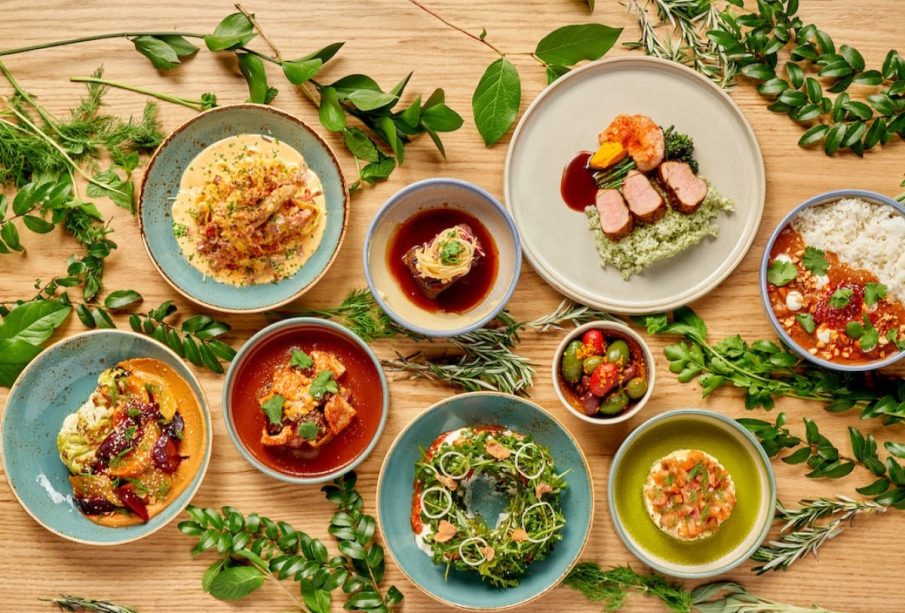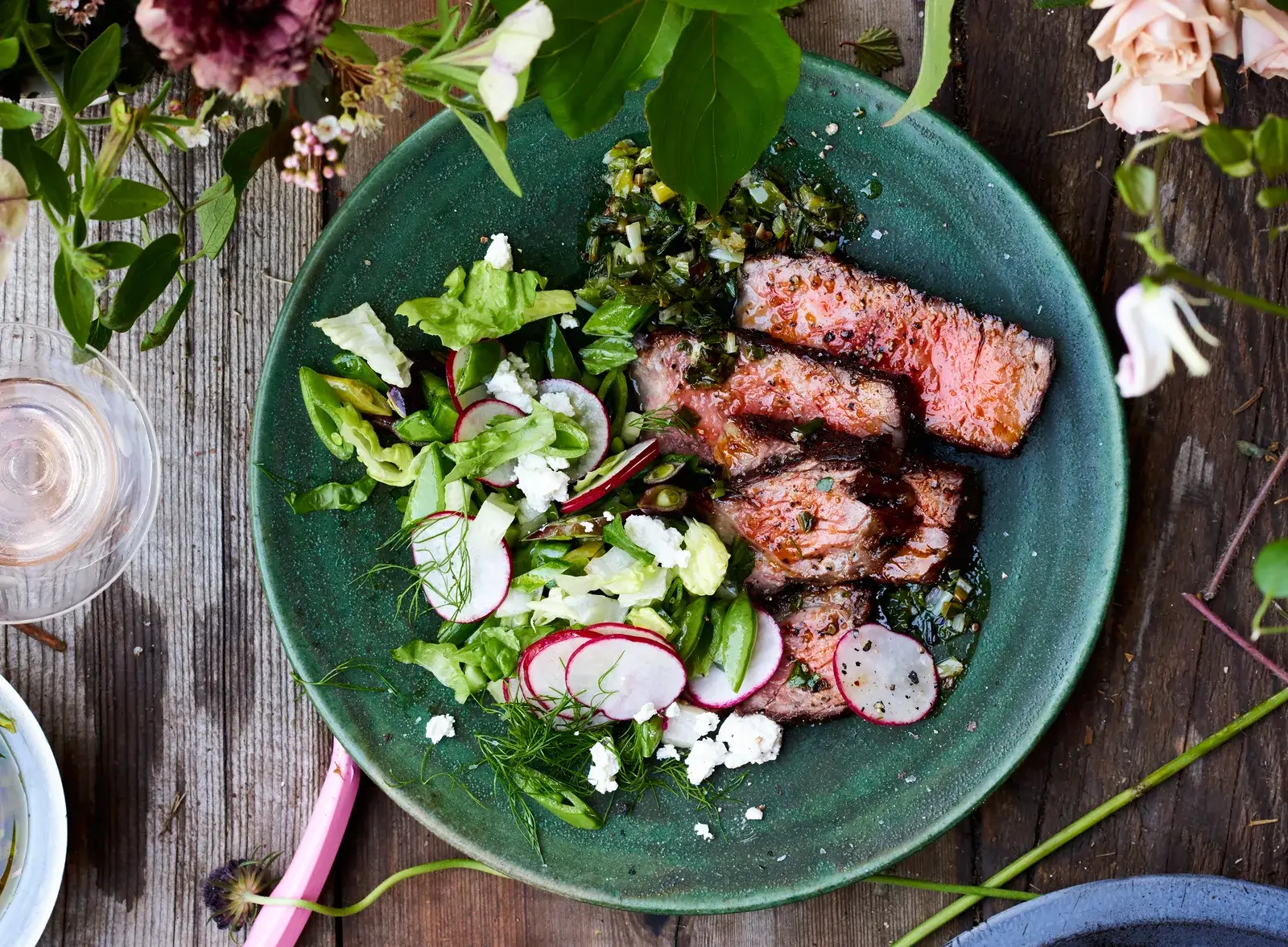The Joy of Food and Recreation: How Culinary Experiences Shape Our Leisure

Food is more than just nourishment—it is an experience, a cultural expression, and a source of recreation. Across the globe, people gather around meals not only to satisfy hunger but also to celebrate, connect, and explore. In recent years, the intersection of food and recreation has become a major lifestyle trend. From food tourism and cooking as a leisure activity to farm-to-table experiences and culinary festivals, food is now one of the most enjoyable ways to relax and recreate.
This article explores how food has become central to recreational activities, the rise of food-based tourism, and the cultural, social, and personal benefits of culinary recreation.
Food as a Form of Recreation
Traditionally, recreation has been associated with sports, travel, and the arts. However, food is now recognized as one of the most accessible and rewarding forms of leisure. Cooking, baking, tasting, and dining out provide enjoyment that blends creativity with sensory satisfaction.
For many, preparing a meal is more than a daily chore—it is a hobby and a therapeutic activity. Cooking at home allows individuals to experiment with flavors, try global cuisines, and engage in hands-on learning. Baking bread, crafting homemade pasta, or recreating restaurant-style dishes can provide a sense of accomplishment while also reducing stress.
On the other hand, dining out has become a recreational activity in itself. Exploring new restaurants, sampling street food, or attending food festivals allows people to experience culture, socialize, and escape routine. Food is not just consumed; it is savored, discussed, and shared—often captured in photos and shared online as part of the experience.
Culinary Tourism: Traveling Through Taste
One of the most exciting intersections of food and recreation is culinary tourism. Travelers are increasingly choosing destinations based on food experiences. Whether it’s enjoying authentic pasta in Italy, sushi in Japan, or street tacos in Mexico, food offers a gateway into the culture of a place.
Culinary tourism includes activities such as:
-
Food tours, where guides introduce visitors to local markets, street vendors, and hidden gems.
-
Cooking classes abroad, where travelers learn how to prepare traditional dishes from local chefs.
-
Farm-to-table experiences, allowing visitors to see how ingredients are grown, harvested, and transformed into meals.
-
Wine and brewery trails, where enthusiasts explore vineyards, breweries, and distilleries.
These experiences transform travel into a multisensory journey. Food is not only consumed but also understood in its cultural, historical, and social context.
Food Festivals and Community Recreation
Food festivals have become popular recreational events, bringing together communities to celebrate flavors, traditions, and creativity. From small-town chili cook-offs to international gourmet festivals, these events offer entertainment for all ages.
Food festivals often feature live cooking demonstrations, competitions, tastings, and cultural performances. They encourage social interaction, support local businesses, and provide opportunities for chefs and artisans to showcase their talents.
In addition, street food festivals have gained momentum worldwide. These events highlight the diversity of global street food, offering visitors a chance to sample affordable, authentic, and innovative dishes. The lively atmosphere of food festivals makes them recreational events that combine fun, learning, and indulgence.

The Rise of Experiential Dining
Beyond traditional restaurants, experiential dining has emerged as a major trend in the recreation and food niche. Consumers are seeking unique and memorable experiences rather than just meals. This includes:
-
Themed restaurants, where food is combined with immersive environments.
-
Pop-up dining events, often hosted in unusual locations such as rooftops, farms, or even caves.
-
Chef’s table experiences, where diners interact with chefs and watch dishes being prepared.
-
Interactive dining, such as Korean barbecue or hotpot, where guests cook food at the table.
These experiences transform dining into an event, making food a central part of leisure and recreation.
Cooking as a Recreational Hobby
At home, cooking has taken on a recreational role, especially after the global pandemic when people spent more time indoors. Many individuals discovered a passion for trying new recipes, experimenting with ingredients, and creating meals for pleasure rather than necessity.
Cooking as a hobby offers numerous benefits:
-
Creativity – experimenting with spices, textures, and techniques is like art on a plate.
-
Stress relief – kneading dough, chopping vegetables, or simmering sauces can be meditative.
-
Bonding – cooking with family or friends fosters teamwork and connection.
-
Skill development – learning culinary techniques builds confidence and self-sufficiency.
The rise of food blogs, cooking shows, and online recipe platforms has further inspired people to see cooking as an enjoyable and educational activity.
Health and Wellness Through Food Recreation
Recreational food experiences are not just about indulgence—they also intersect with health and wellness. Many people are using food-related recreation to improve their physical and mental health.
Farmers’ markets, for example, offer a recreational activity that supports healthy eating. Shoppers enjoy strolling through stalls, interacting with local growers, and choosing fresh produce. Similarly, recreational cooking often focuses on wholesome, homemade meals rather than processed foods.
Cooking classes centered around nutrition, plant-based diets, or traditional healing foods combine education with leisure, empowering participants to enjoy food while improving their health. Recreational gardening, such as growing herbs and vegetables at home, also links wellness with food-related leisure.
Food as a Cultural and Social Connector
Food has always been central to human connection. Shared meals are at the heart of family traditions, celebrations, and cultural rituals. In modern recreational contexts, food continues to bring people together.
Social dining experiences—such as potlucks, barbecues, and dinner parties—remain some of the most popular forms of leisure. They provide opportunities to bond, share recipes, and celebrate culture. Food also plays a role in education, as communities exchange knowledge about traditional cooking methods, food origins, and cultural significance.
In multicultural societies, food recreation helps build cultural appreciation. Trying dishes from different regions fosters curiosity and respect for diverse traditions, making food a powerful tool for social integration.
The Future of Recreation and Food
Looking ahead, food-related recreation is expected to grow as people seek more meaningful, interactive, and sustainable experiences. Trends shaping the future include:
-
Sustainable dining – eco-conscious consumers will prioritize restaurants and experiences that focus on local, organic, and low-waste practices.
-
Plant-based recreation – vegan food festivals and cooking classes will gain popularity as plant-based lifestyles rise.
-
Tech-driven experiences – apps, virtual cooking classes, and even AI-powered recipe platforms will make culinary recreation more accessible.
-
Wellness-focused food tourism – destinations will offer experiences that combine travel, relaxation, and healthy cuisine.
Food will continue to be more than sustenance—it will remain a central part of how people relax, celebrate, and explore the world.

Conclusion
Recreation and food are deeply intertwined, offering joy, connection, and cultural discovery. Whether it is through cooking at home, traveling for culinary experiences, attending food festivals, or simply sharing a meal with friends, food has become one of the most enjoyable and accessible forms of leisure.
As lifestyles evolve, food will continue to shape recreation in diverse ways—from health and wellness to cultural exchange and technological innovation. At its core, food recreation is about more than flavor; it is about creating memories, nurturing relationships, and celebrating life’s simple pleasures.
In every bite, there is not only taste but also a story, a tradition, and a moment of joy. By embracing food as a form of recreation, individuals can enrich both their personal well-being and their cultural appreciation of the world around them.










